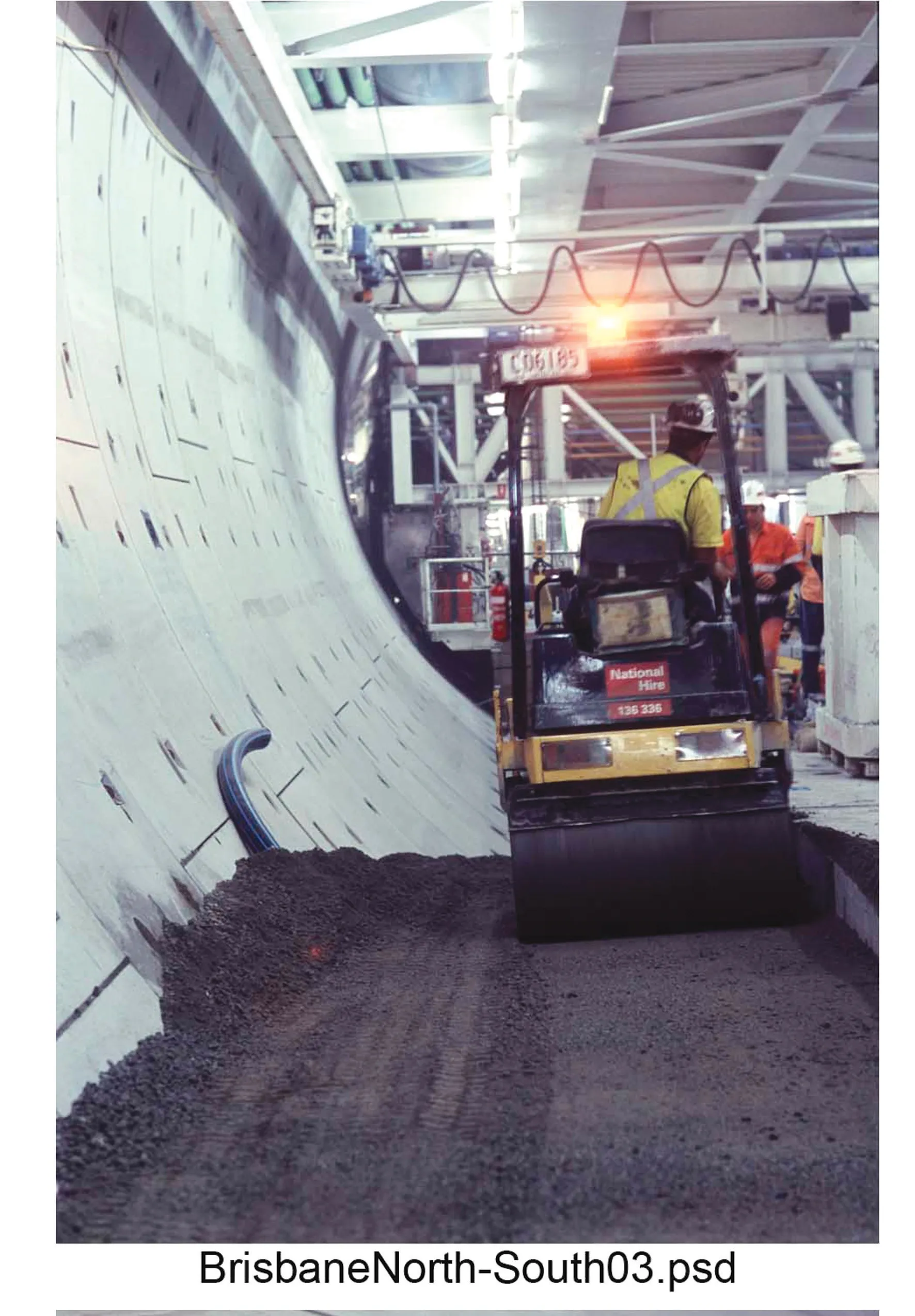A €61.13 million (£50 million) bypass could be created on the edge of a city in east England to ease the pressure on a heavily used roundabout.
The radical proposals have been drawn up as council bosses look to find a long-term solution for the Thickthorn roundabout, near Norwich, reportedly described by one leading figure as “one of the most important roundabouts in the county [Norfolk]”.
February 17, 2014
Read time: 3 mins
A €61.13 million (£50 million) bypass could be created on the edge of a city in east England to ease the pressure on a heavily used roundabout.
The radical proposals have been drawn up as council bosses look to find a long-term solution for the Thickthorn roundabout, near Norwich, reportedly described by one leading figure as “one of the most important roundabouts in the county [Norfolk]”.
That roundabout is already one of the Norfolk’s busiest and will come under even more pressure when the thousands of homes earmarked for Norfolk over the next two decades are built.
To plan for that, Norfolk County Council asked consultants Mott McDonald to look into possible solutions.
They came up with a number of schemes, but the one they identified as the best solution is for a multi-million euro project which would see a new tunnel created under the A11 and a new bridge over the A47 southern bypass.
A new slip road would come off the Norwich-bound A11 approaching the roundabout and go under the A11, before sweeping over the bridge over the southern bypass and joining up with the Round House roundabout near Cringleford.
Traffic heading out of Norwich would have the option of coming off the Round House roundabout, crossing the A47 over the new bridge and joining the A11 beyond Thickthorn roundabout.
The council acknowledges it will have to convince the government to get the money for the scheme, but is ready to spend €978,100-€1.22 million for a further two-year feasibility study into the bypass and other options.
David Harrison, cabinet member for environment, transport and waste at Norfolk County Council, said, “The county council recognises the crucial importance of the Thickthorn junction and is keen to see improvements in capacity made, given the growth agenda for Norwich in the years ahead.
“We have therefore commissioned further work by2579 Mott MacDonald to underline the importance the county council attaches to the junction to support further dialogue with the 2309 Highways Agency.
“At a time when funding is at a premium, we will keep up the pressure to ensure Norfolk receives its fair share of funding to allow our economy to grow in a managed way.”
Chris Starkie, New Anglia LEP managing director, said the predicted growth in and around Norwich, and the expansion plans for Norwich Research Park, meant the junction would have to be improved.
He said, “Thickthorn junction is probably one of the most important roundabouts in Norfolk. It is the gateway to Norwich and the link between the A11 and the A47.
“Norfolk County Council, working with us, will be pushing the Highways Agency to fund necessary improvements as a matter of urgency.”
The Highways Agency, which has responsibility for maintaining the roundabout, confirmed it was talking to the county council about a long-term solution.
But the agency did reveal resurfacing work and improvements to the existing roundabout and its roads is due to start next month.
A spokeswoman said, “We are committed to safe and reliable journeys for road users. Work to improve the Thickthorn roundabout on the A11 by resurfacing it, and replacing all road markings and road studs is currently planned to be carried out next month.
“We will also make some changes to improve lane discipline around the junction. Details will be publicised in advance.”
The radical proposals have been drawn up as council bosses look to find a long-term solution for the Thickthorn roundabout, near Norwich, reportedly described by one leading figure as “one of the most important roundabouts in the county [Norfolk]”.
That roundabout is already one of the Norfolk’s busiest and will come under even more pressure when the thousands of homes earmarked for Norfolk over the next two decades are built.
To plan for that, Norfolk County Council asked consultants Mott McDonald to look into possible solutions.
They came up with a number of schemes, but the one they identified as the best solution is for a multi-million euro project which would see a new tunnel created under the A11 and a new bridge over the A47 southern bypass.
A new slip road would come off the Norwich-bound A11 approaching the roundabout and go under the A11, before sweeping over the bridge over the southern bypass and joining up with the Round House roundabout near Cringleford.
Traffic heading out of Norwich would have the option of coming off the Round House roundabout, crossing the A47 over the new bridge and joining the A11 beyond Thickthorn roundabout.
The council acknowledges it will have to convince the government to get the money for the scheme, but is ready to spend €978,100-€1.22 million for a further two-year feasibility study into the bypass and other options.
David Harrison, cabinet member for environment, transport and waste at Norfolk County Council, said, “The county council recognises the crucial importance of the Thickthorn junction and is keen to see improvements in capacity made, given the growth agenda for Norwich in the years ahead.
“We have therefore commissioned further work by
“At a time when funding is at a premium, we will keep up the pressure to ensure Norfolk receives its fair share of funding to allow our economy to grow in a managed way.”
Chris Starkie, New Anglia LEP managing director, said the predicted growth in and around Norwich, and the expansion plans for Norwich Research Park, meant the junction would have to be improved.
He said, “Thickthorn junction is probably one of the most important roundabouts in Norfolk. It is the gateway to Norwich and the link between the A11 and the A47.
“Norfolk County Council, working with us, will be pushing the Highways Agency to fund necessary improvements as a matter of urgency.”
The Highways Agency, which has responsibility for maintaining the roundabout, confirmed it was talking to the county council about a long-term solution.
But the agency did reveal resurfacing work and improvements to the existing roundabout and its roads is due to start next month.
A spokeswoman said, “We are committed to safe and reliable journeys for road users. Work to improve the Thickthorn roundabout on the A11 by resurfacing it, and replacing all road markings and road studs is currently planned to be carried out next month.
“We will also make some changes to improve lane discipline around the junction. Details will be publicised in advance.”








